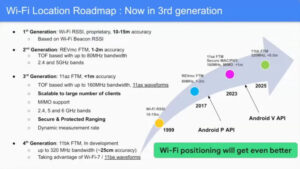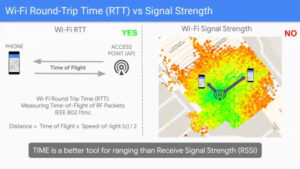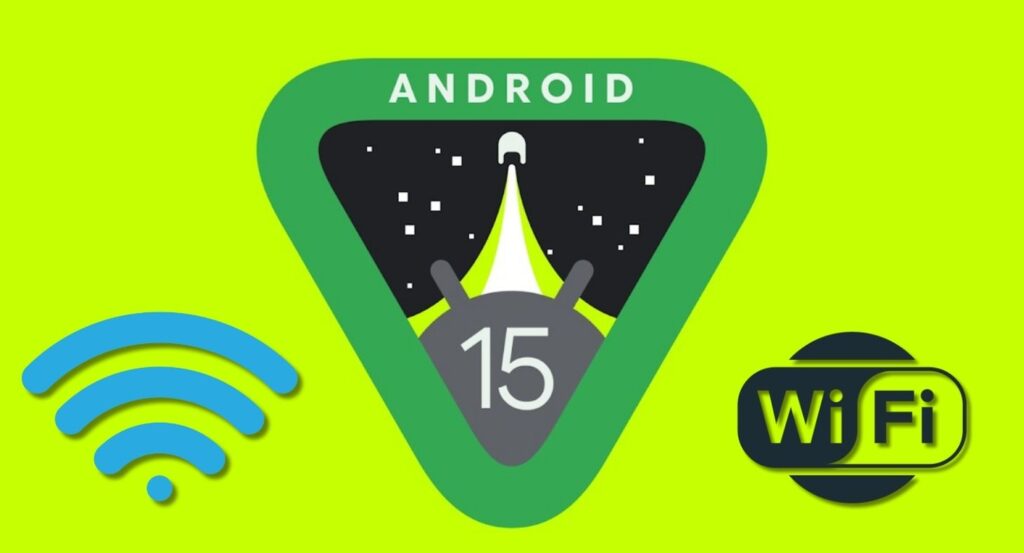With Android 15, Google is making it easier to navigate through complex indoor spaces, thanks to a powerful new feature called Wi-Fi Ranging. Built on the IEEE 802.11az protocol, Wi-Fi Ranging allows Android devices to determine location with remarkable accuracy—within just 0.4 meters. This is a huge upgrade from previous Wi-Fi-based location methods, which offered an accuracy of around 10-15 meters at best. Now, whether you’re in a sprawling shopping mall, a bustling airport, or a maze-like office building, your device can help you find your way with impressive precision.


Wi-Fi location tracking on Android isn’t new, but it’s been improving over time. Back in 2018, Android introduced Wi-Fi RTT (Round Trip Time), which used similar time-based measurements to bring location accuracy down to about 1-2 meters. Android 15’s Wi-Fi Ranging takes it a step further by adopting the 802.11az standard, enabling a finer, more precise measurement of signals’ time-of-flight (ToF) between devices and access points. The result? Wi-Fi Ranging can now pinpoint location up to an impressive 0.4 meters—great for any scenario where accuracy matters.
Beyond precision, Wi-Fi Ranging comes with several other advantages. It supports the new 6GHz Wi-Fi band, enabling faster and more stable connections with compatible devices. This enhanced range and capacity make it possible to track more devices simultaneously, which is ideal for high-density areas like airports or event spaces. Plus, it’s more secure than older Wi-Fi tracking protocols, ensuring that your location data is protected against unauthorized access.

Wi-Fi Ranging also outshines other indoor navigation tech, like UWB (Ultra-Wideband) and Bluetooth Channel Sounding. While UWB offers good precision, it doesn’t quite match Wi-Fi Ranging’s range or scalability. And though Bluetooth-based navigation is still widely used, it simply doesn’t offer the same accuracy that Wi-Fi Ranging now achieves. This makes Wi-Fi Ranging an appealing solution for indoor positioning, especially as the technology becomes more widely adopted.
However, not every Android phone will be able to take advantage of this feature right away. Wi-Fi Ranging requires specific hardware, and while many new devices are being designed with this in mind, existing hardware may not support the feature. The good news is that Qualcomm’s latest FastConnect 7900 chip is optimized for Wi-Fi Ranging, so devices featuring this chip will be ready to go. On top of that, for Wi-Fi Ranging to function seamlessly, routers and access points also need to be updated to the 802.11az standard.
Android 15’s Wi-Fi Ranging is a game-changer for anyone who relies on indoor navigation. With accuracy levels that now approach those of outdoor GPS, we’re on the verge of a world where navigating large indoor spaces will feel effortless. While it may take some time for networks and devices to fully adopt this technology, the future of indoor navigation looks bright and incredibly precise.



